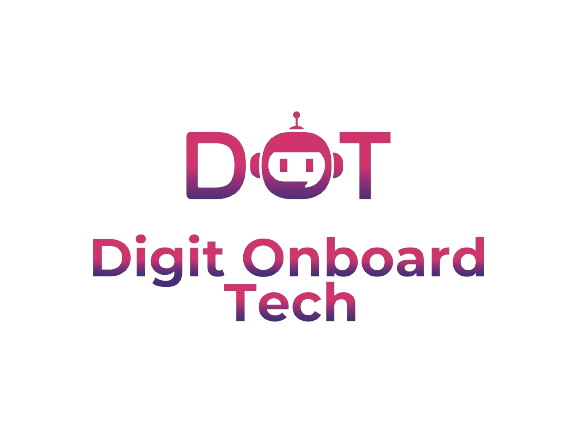As digital transformation accelerates, Canada’s banking, investment, and insurance sectors are increasingly turning to digital onboarding solutions to streamline their operations and enhance customer experiences. Digital onboarding, which refers to the process of acquiring and onboarding new clients through digital channels, has become a crucial component of modern financial services, driven by the need for efficiency, security, and convenience.
In the Canadian banking sector, digital onboarding is rapidly gaining traction. According to a 2023 report by McKinsey, 78% of Canadian banks have adopted or are in the process of implementing digital onboarding solutions. The growing demand for seamless and accessible banking experiences largely drives this shift. Traditional onboarding methods, which often involve lengthy paperwork and in-person visits, are being replaced by more efficient digital processes that allow customers to open accounts, apply for loans, and manage their finances online. The convenience of digital onboarding not only improves customer satisfaction but also reduces operational costs for banks.
Similarly, the investment sector in Canada is witnessing a transformation due to digital onboarding. The rise of robo-advisors and online brokerage platforms has revolutionized the way investors interact with financial institutions. According to a report by Deloitte, digital onboarding in the Canadian investment sector has increased by 35% over the past two years. Investors are increasingly seeking platforms that offer quick and easy account setup, real-time portfolio management, and personalized investment advice – all of which are made possible through advanced digital onboarding solutions. The use of artificial intelligence and machine learning in these platforms allows for more tailored investment strategies and improved client engagement.
The insurance sector is also experiencing a significant shift towards digital onboarding. The demand for faster and more efficient insurance processes has led to the adoption of digital solutions that streamline policy purchases, claims processing, and customer service. A study by PwC reveals that 62% of Canadian insurance companies have integrated digital onboarding into their operations, with a focus on enhancing user experience and reducing administrative burdens. Digital onboarding in insurance allows customers to obtain quotes, complete applications, and manage their policies online, all while ensuring compliance with regulatory requirements.
One of the key trends driving the adoption of digital onboarding across these sectors is the emphasis on security and fraud prevention. Canadian financial institutions are investing in advanced technologies such as biometric verification, blockchain, and multi-factor authentication to safeguard sensitive information and prevent fraudulent activities. According to a report by the Canadian Bankers Association, 71% of Canadian banks have implemented biometric authentication methods, including facial recognition and fingerprint scanning, as part of their digital onboarding processes.
Another notable trend is the integration of digital onboarding with customer relationship management (CRM) systems and data analytics. By leveraging CRM tools and data analytics, financial institutions can gain deeper insights into customer preferences, behaviors, and needs. This allows for more personalized and targeted onboarding experiences, ultimately driving higher customer satisfaction and retention rates.
Digital onboarding is reshaping the banking, investment, and insurance sectors in Canada, offering a more efficient, secure, and user-friendly approach to acquiring and managing clients. As technology continues to advance, the potential for digital onboarding to drive further innovation and transformation in these industries is immense. Canadian financial institutions that embrace these digital solutions will not only enhance their operational efficiency but also provide their customers with a more seamless and engaging experience in an increasingly digital world.
